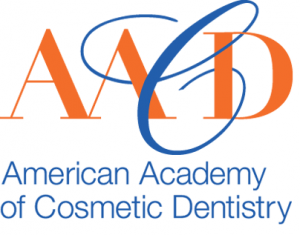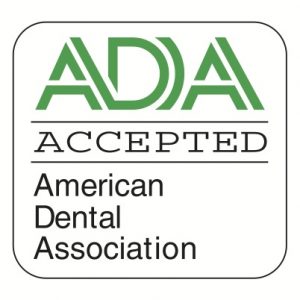I Have a Chipped Tooth. Can You Repair It?
In most cases, the answer is, “Absolutely!”
Cosmetic dental bonding is often the fastest and most economical way to repair chipped teeth. Dr. Handschuh has helped hundreds of people get their genuine smile back after they have suffered a chipped tooth. If you are in need of tooth repair, come see Dr. Handschuh!
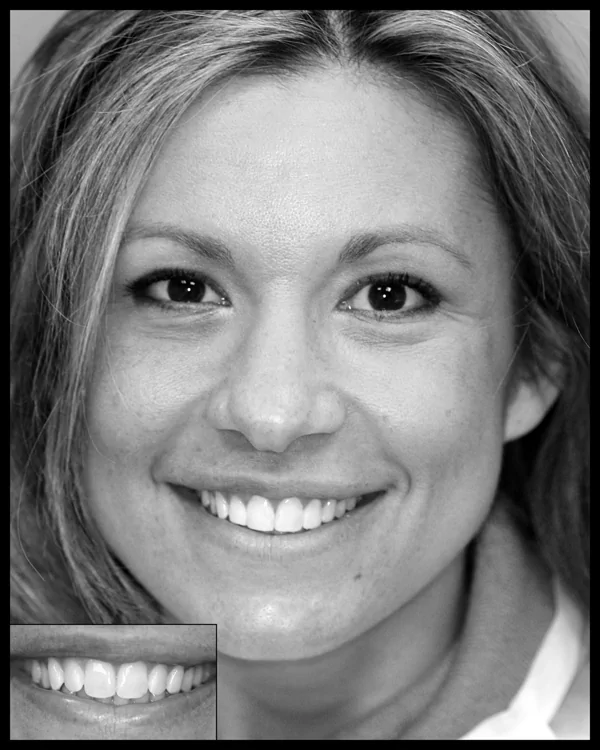 Dental Design Center
Dental Design Center
Cosmetic Dentistry Patient
What Is Dental Bonding?
Dental Bonding is a group of procedures that are used for a variety of reasons. One procedure is to fix a tooth, or teeth, that have broken or chipped due to trauma. Another method and use for bonding is to reshape and correct misshapen teeth for esthetic reasons.
Bonded fillings are used when one has a cavity to replace missing tooth structure to once again allow the tooth to be functional while also esthetic. Dental bonding can be used also upon emergency visits when a patient may require a more structurally sound restoration but due to trauma or time or financial constraints is not at that time able to have a different restoration fabricated. This use of bonding can prevent a patient from feeling unsightly about their appearance.
Bonding, although it is completed in one visit, is an art and takes a dentist years to perfect the ability to fabricate lifelike results for their patients.
Is It Necessary To Repair A Chipped Tooth?
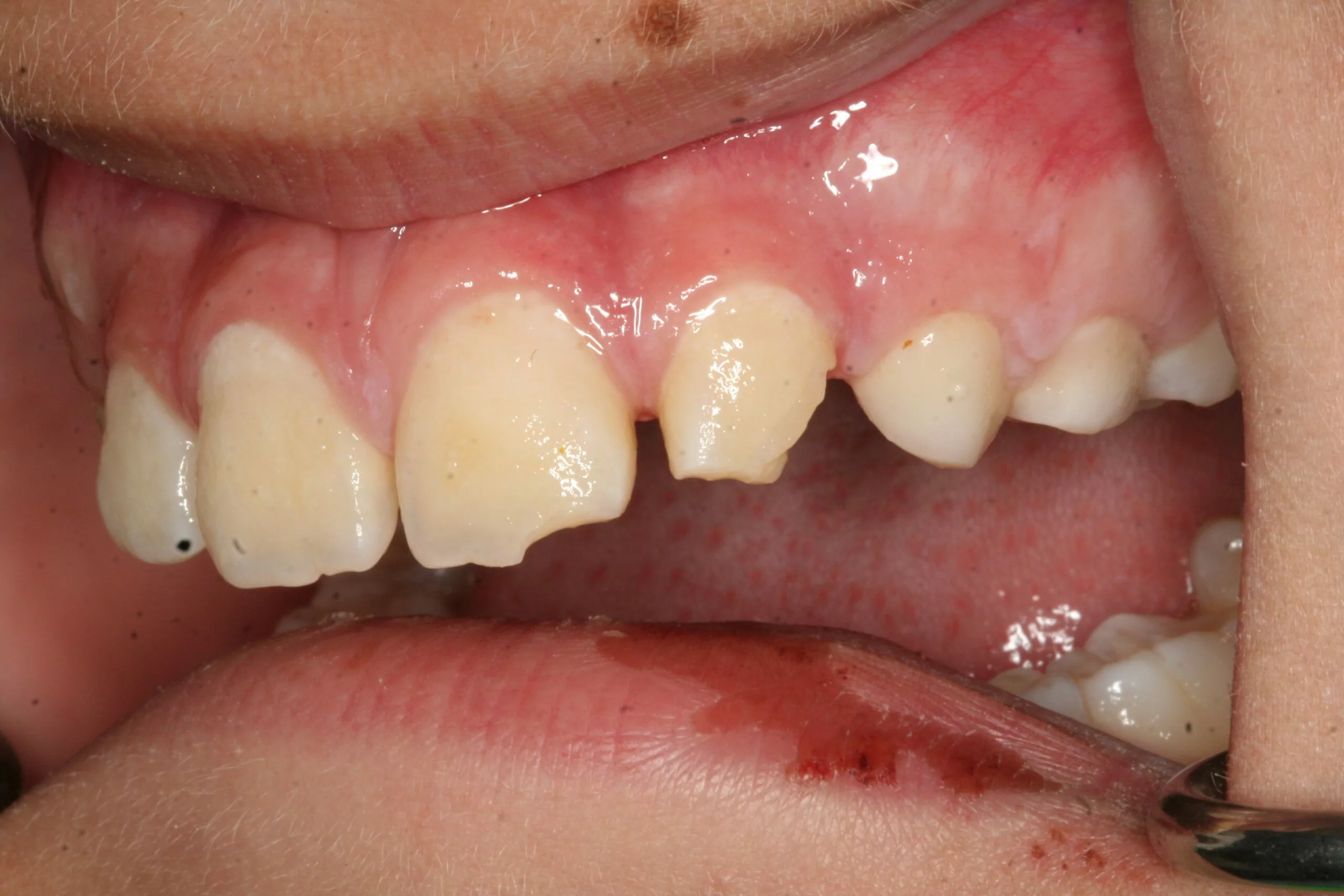
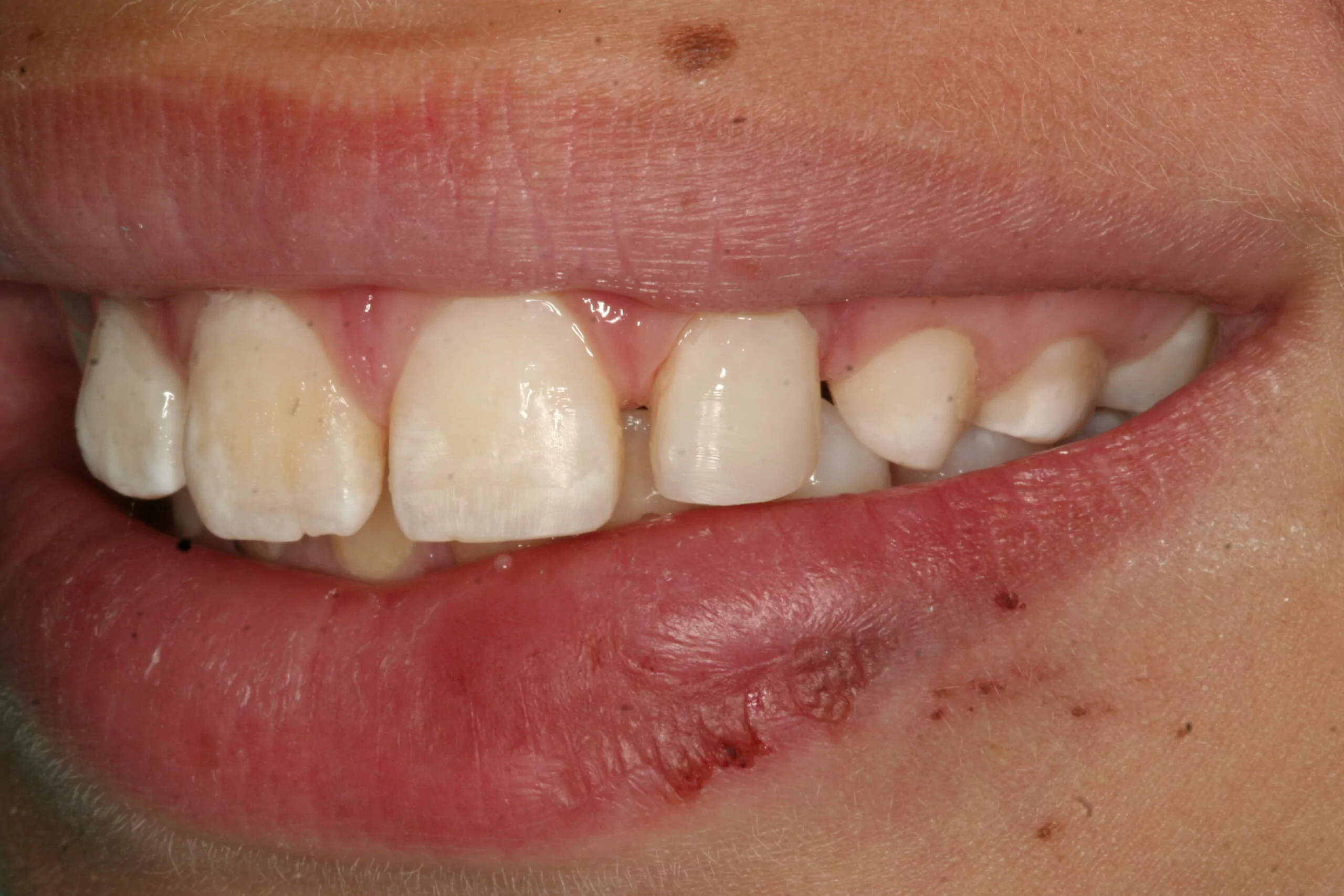 Let’s be real. Chipped and cracked teeth happen all the time. When a patient comes to us with a chipped tooth needing repair, it’s not uncommon for them to be surprised that it’s a quick, painless, affordable procedure to fix their tooth. For some, though, they may believe that chipped teeth aren’t such a big deal. These patients typically ask if they really require a trip to the dentist.
Let’s be real. Chipped and cracked teeth happen all the time. When a patient comes to us with a chipped tooth needing repair, it’s not uncommon for them to be surprised that it’s a quick, painless, affordable procedure to fix their tooth. For some, though, they may believe that chipped teeth aren’t such a big deal. These patients typically ask if they really require a trip to the dentist.
As with any procedure, the decision ultimately lies with the patient. However, anytime a tooth is chipped or damaged, it is recommended that you at least take time to see your dentist in order to receive a professional evaluation of your teeth and gums. This can rule out any underlying damage of which you might not be aware. It will also protect your tooth from any additional harm.
What may look like a simple chipped tooth could easily develop into a dental emergency with an infection and even tooth loss.
In most cases, The Dental Design Center will recommend having your chipped tooth repaired.
What Are the Benefits of Bonding?
Bonding is the use of a glass-like structure to replace a missing tooth. It is both strong and esthetic.
Another benefit of bonding restorations is that the procedure only takes one visit to complete. Very often, bonding is also less costly compared to other types of dental restorations.
What Is Involved in Tooth Bonding?
The use of bonding is as follows:
- Prior to administering local anesthesia (Novocain), we use a shade guide to assist picking a color that will create a natural, blended look so one cannot tell where the bonded filling ends and the natural tooth begins.
- Dr. Handschuh will remove any decay, sharp edges and proceeds to place the bonded material on the tooth to be treated.
- Just like an artist, Dr. Handschuh sculpts the bonded material to a proper shape and then uses an ultraviolet light to harden the soft bonded material
- Once hardened, Dr. Handschuh will then use the drill like a painter’s brush to shape and finally polish the filling material.
Are There Any Risks with Dental Bonding?
While serious risks in dental bonding are extremely rare, it is important to recognize that any procedure can result in unexpected reactions. Some of the risks that one might consider (and should consult with their dentist about) include:
- Infection – Any infections present before the dental bonding procedure should be addressed beforehand.
- Erosion Of Bonding Material – Over time, the composite resin used in the dental bonding procedure will erode. This is also true of a person’s natural enamel. Chipping or cracking of the bonding material can also occur over time.
- Allergies – While very rare, it is possible that a patient may experience an allergic reaction to the conditioning liquid, composite resin, or even the tools utilized during the procedure.
Be sure to let Dr. Handschuh know if you have any allergies. - Discoloration Of The Bonding Material – The composite resin material used during the procedure is not 100% resistant to staining. Also, a patient should know that the material does not respond to teeth whitening treatments.
How Do I Care for My Bonded Teeth?
The bonding will last for years if the patient maintains proper home care and regular cleanings. It is also suggested to avoid eating very hard foods directly on some bonded restorations.
One of the negatives to bonding is that certain highly staining food and drinks will stain the bonded filling thereby shortening the life expectancy
As with any dental restoration or prosthesis, there are limits. As teeth often break from foods, trauma and such, bonded restoration are also susceptible to fracture. It is wise to be aware when one has bonded and to avoid eating very hard foods and candy directly on the bonded tooth. This may shorten the life expectancy of the bonded restoration.
Get Tooth Repair with Dental Bonding Today!
You can be confident that your White Plains dentist, Dr. Ira Handshuh, will provide you with outstanding results and a smile you can be proud to show off. Call us today for a dental bonding consultation.
After struggling to find the right dentist, I finally found Dr. Handschuh. During my first appointment he made me feel extremely comfortable and confident that I would be able to have the perfect smile I always wanted. He only schedules one appointment at a time and really gives you undivided attention. He spent a lot of time reviewing my options until I was certain of my choices… and he delivered everything he promised and more. Thank you so much Dr. Handschuh and staff for giving me the smile I always wanted but never thought was possible! I feel more confident than ever!
-Jessica K.
